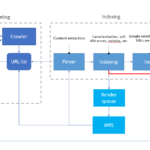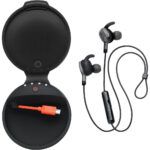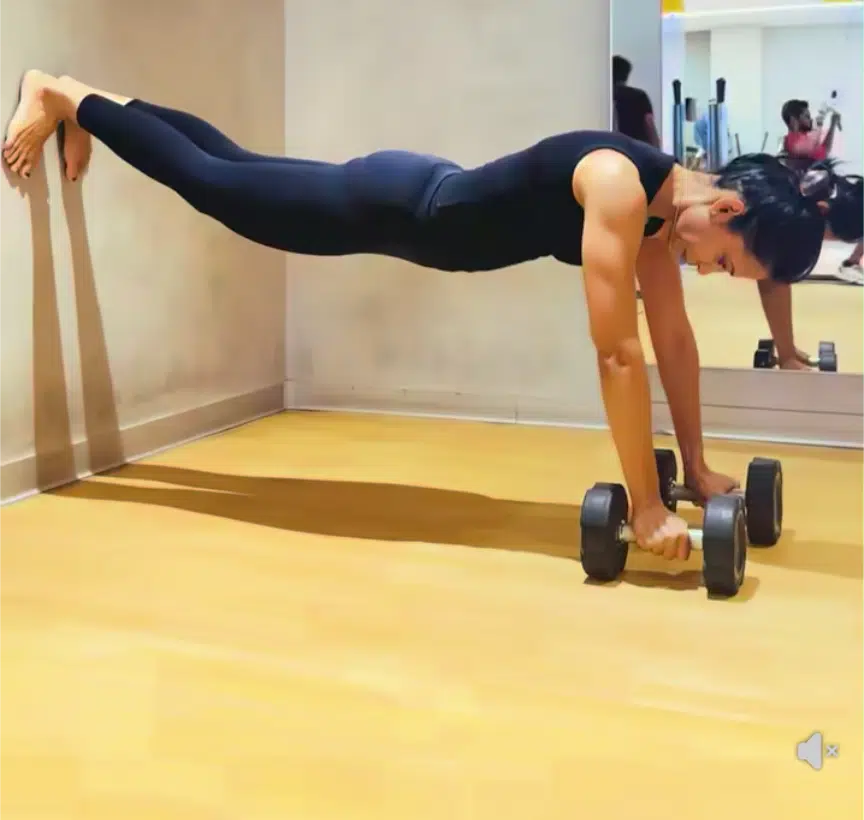Core Strength: More Than Just Abs — It’s Your Body’s Powerhouse
By Sudipta Dash, Fittr Coach
When we hear “core training,” the first image that pops into most minds is six-pack abs. But in truth, your core is so much more than aesthetics—it’s the foundation of your entire movement system.
Whether you’re lifting weights, running, doing yoga, carrying your child, or simply sitting upright at a desk—your core is involved in it all. If you’re skipping core work in your training routine, you’re not just missing out on visible abs—you’re compromising posture, power, balance, and even breathing.
Let’s dig into why core strength is essential, how it works, and how you can build a strong, functional core for life.
What Is the Core, Really?
The term “core” doesn’t just refer to your abs. It includes a wide network of deep and superficial muscles that work together to support your spine, pelvis, and rib cage. These muscles help stabilize your entire body, allowing you to generate force, control movement, and reduce injury risk.
Key Muscles of the Core:
- Rectus abdominis – the “six-pack” muscle, responsible for trunk flexion
- Transverse abdominis – the deepest abdominal muscle, crucial for stability
- Internal and external obliques – help with rotation and lateral flexion
- Erector spinae – support your lower back and posture
- Multifidus – deep spinal stabilizers
- Pelvic floor muscles – support your lower organs and core pressure
- Diaphragm – aids in breathing and bracing
- Glutes and hip stabilizers – often overlooked but vital to a strong core
Why Core Strength Is Non-Negotiable
Your core is not just about how you look—it’s about how you function. Here’s why building core strength should be a foundational part of your fitness routine.
1. Improves Posture and Reduces Pain
A weak core leads to slouching, rounded shoulders, and a tilted pelvis—ultimately contributing to back and neck pain.
A strong core helps keep your spine in a neutral alignment, improves posture, and decreases strain on your joints and muscles during daily tasks.
Keywords: “core exercises for posture,” “posture correction workout”
2. Enhances Balance and Stability
Your core acts as a stabilizing center every time you move—whether you’re walking, standing on one leg, or doing compound lifts. It enables your upper and lower body to coordinate efficiently.
Athletes, seniors, and beginners all benefit from improved balance and proprioception.
3. Prevents Injuries
A stable core supports your spine, hips, and shoulders—making movement more controlled and efficient. This drastically lowers your risk of injuries, especially to the lower back.
“core strength and injury prevention” is a valuable long-tail keyword here.
4. Supports All Functional Movements
From bending down to tie your shoes to lifting grocery bags or reaching overhead—your core is involved in every functional movement. A weak core makes these tasks more difficult and fatiguing.
A strong core = more strength with less effort.
5. Increases Power and Performance
Sports performance relies heavily on a strong core. Whether you’re sprinting, swinging, jumping, or swimming, core strength improves speed, accuracy, and power transmission across limbs.
Even weightlifters rely on core bracing to lift heavier and avoid injury.
6. Improves Breathing and Diaphragm Function
The diaphragm—your primary breathing muscle—is part of your core. Stronger intercostal and abdominal muscles contribute to better breathing patterns, especially during cardio and high-intensity workouts.
This is especially helpful for endurance athletes or those dealing with breathlessness during exercise.
7. Reduces or Eliminates Back Pain
Chronic back pain often stems from a weak or inactive core. Strengthening the deep abdominal muscles and spinal stabilizers helps offload pressure from the spine, relieve pain, and prevent future issues.
“core exercises for lower back pain” is a top-ranking search query.
8. Improves Coordination and Movement Precision
From lifting weights to dancing, core strength gives you better control over your body. It allows for smoother, safer, and more coordinated movement in every plane of motion.
9. Essential During Pregnancy and Postpartum Recovery
During pregnancy, a woman’s core is stretched and weakened. Building core strength (especially the pelvic floor and deep stabilizers) helps reduce back pain, improve posture, support the growing baby, and make delivery easier.
Postpartum, it plays a key role in recovery and restoring function.
Best Exercises to Build Core Strength (Beginner to Intermediate)
Core training is about quality over quantity. Ditch the 100 crunches and switch to functional, stability-focused movements like:
➤ Beginner-Friendly Core Moves:
- Plank hold (forearm or high plank)
- Glute bridge
- Bird-dog
- Dead bug
- Side-lying leg lifts
➤ Intermediate & Progressive Core Work:
- Side planks (with leg lift)
- Russian twists (weighted or unweighted)
- Hanging leg raises
- Mountain climbers
- Cable/band Pallof press
- Stability ball rollouts
Pro Tip: Incorporate core training 2–3 times per week, focusing on slow tempo, control, and full range of motion.
Common Myths About Core Training
❌ “You should train abs every day.”
Your core needs rest and recovery—just like any other muscle group.
❌ “You need crunches for a six-pack.”
Spot reduction is a myth. Nutrition + full-body strength + smart core training = results.
❌ “Core exercises are only for athletes.”
Absolutely not. Everyone—from office workers to new moms—benefits from a stronger core.
Final Thoughts: Your Core Is the Control Center
The next time you train, ask yourself: Am I building a strong foundation?
Because your core literally holds everything together—your strength, your posture, your mobility, your breath, and your life movement.
So don’t just focus on aesthetics or burn. Build your core intelligence, and your entire body will thank you.
Summary: Benefits of Strong Core Training
- Improves posture and spinal alignment
- Reduces back and joint pain
- Enhances athletic performance
- Boosts stability, balance, and mobility
- Supports breathing and bracing
- Makes everyday tasks easier
- Aids postpartum recovery
- Yes—and gives you a toned midsection too!
Educating Beyond Aesthetics. Empowering You for Life.
– Sudipta Dash, Fittr Coach
Keywords:
- Benefits of core strength
- Core exercises for posture and back pain
- Core workouts for beginners
- How to strengthen your core muscles
- Functional fitness core training
- Core training for athletes and moms
- Core exercises for better balance









